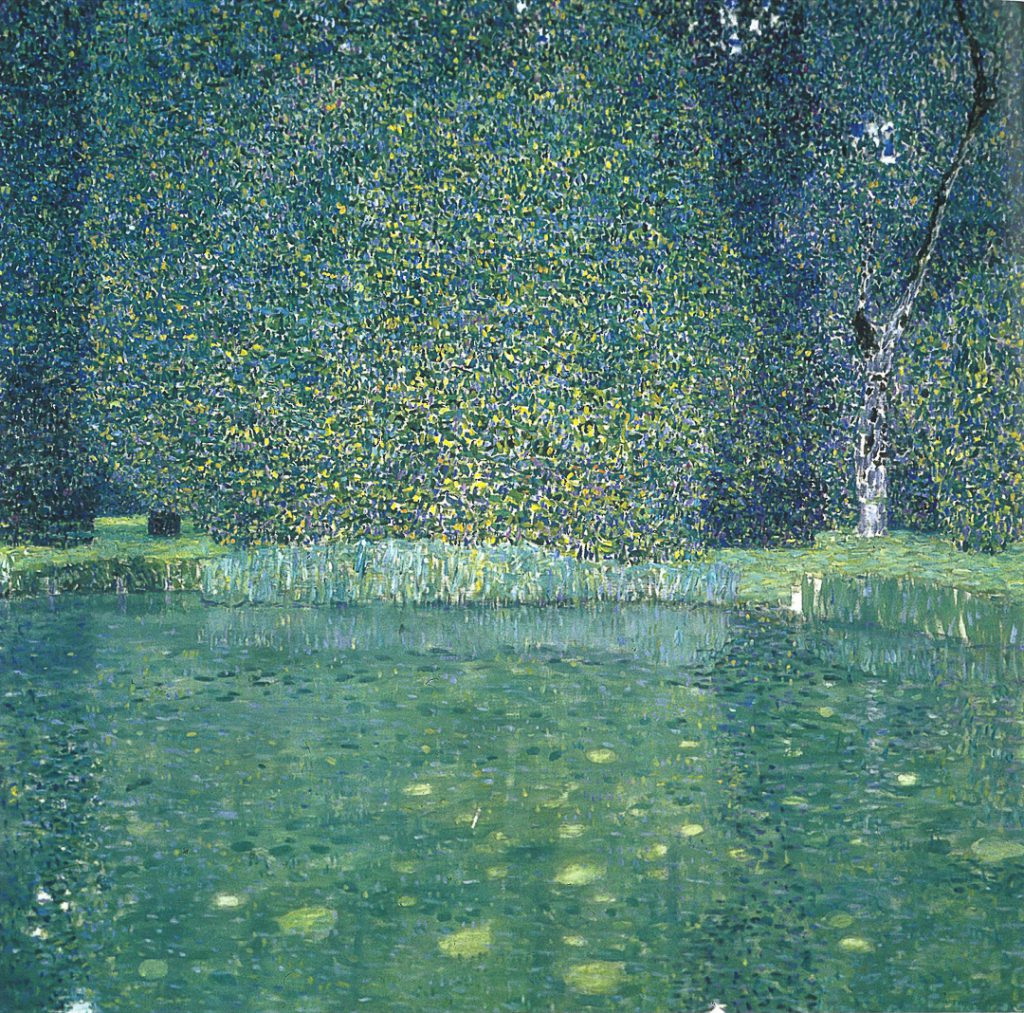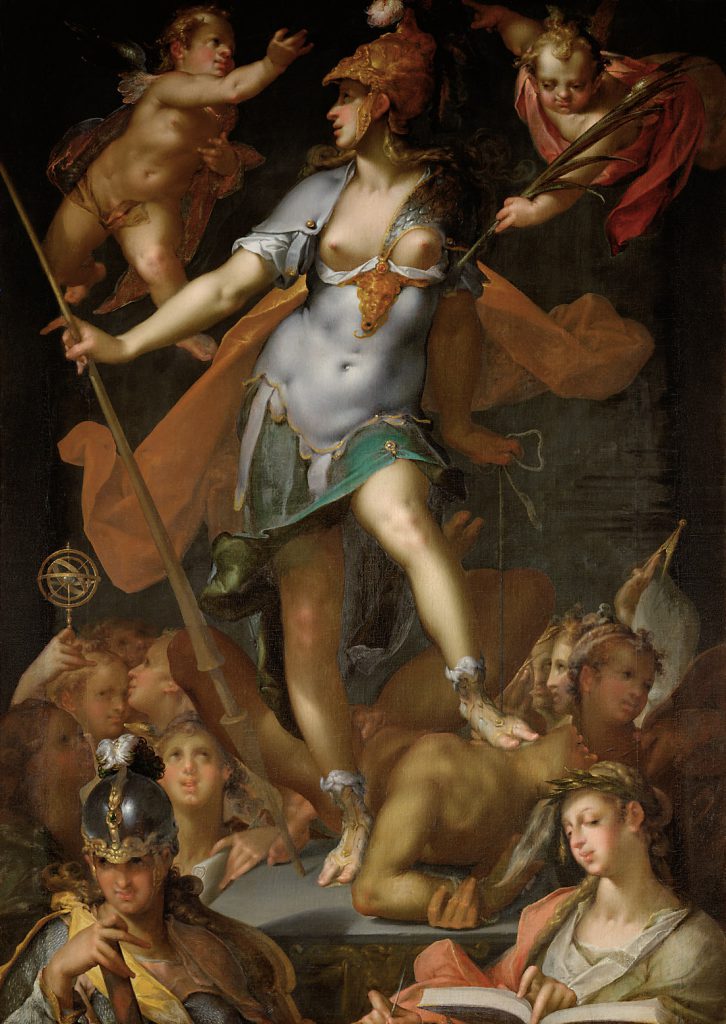
Opening next week and running through May 6 at New York’s Neue Galerie, Klimt Landscapes examines his nature paintings, a part of his work that has too often taken a back seat to his more well-known paintings and drawings of the human figure. “For the last twenty years of his career,” the Neue Galerie says, “Klimt devoted considerable energy to painting landscapes during his summer vacations on the Attersee in the Salzkammergut region of Austria, known for its tranquil lakes. Created purely for his own pleasure, these bucolic scenes became among his most sought-after pictures and were highly coveted by collectors. Most were made in a square format — a reflection of his fascination with photography.” The exhibition will be situated within a selection of the Neue Galerie’s significant Klimt holdings.
Like the landscapes of Egon Schiele, Klimt’s landscapes are revealing of a rarely seen side of a major Fin de siècle artist — as sensual as his human figures, but within a more holistic view of the physical world. More information can be found at the Neue Galerie web site here.

